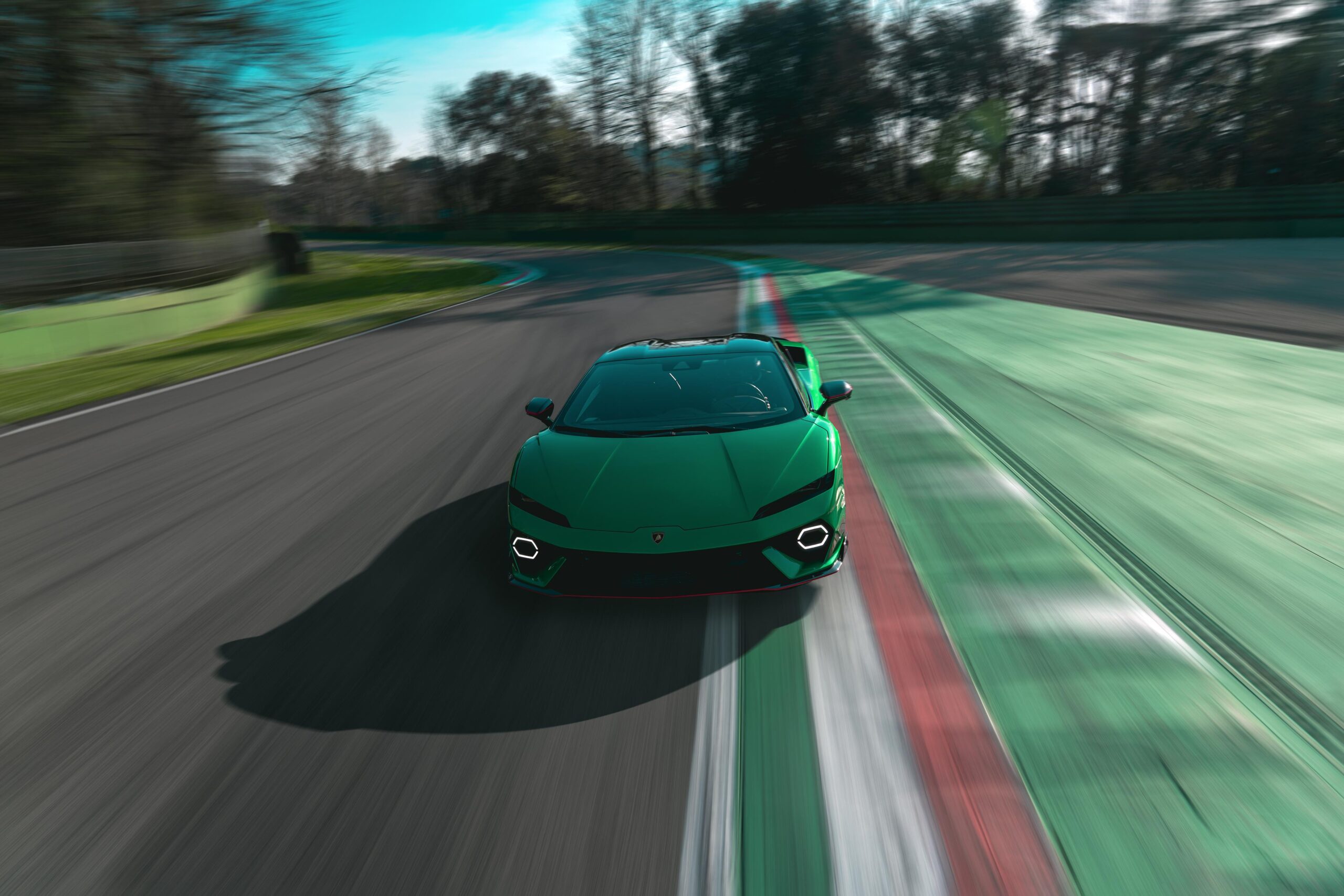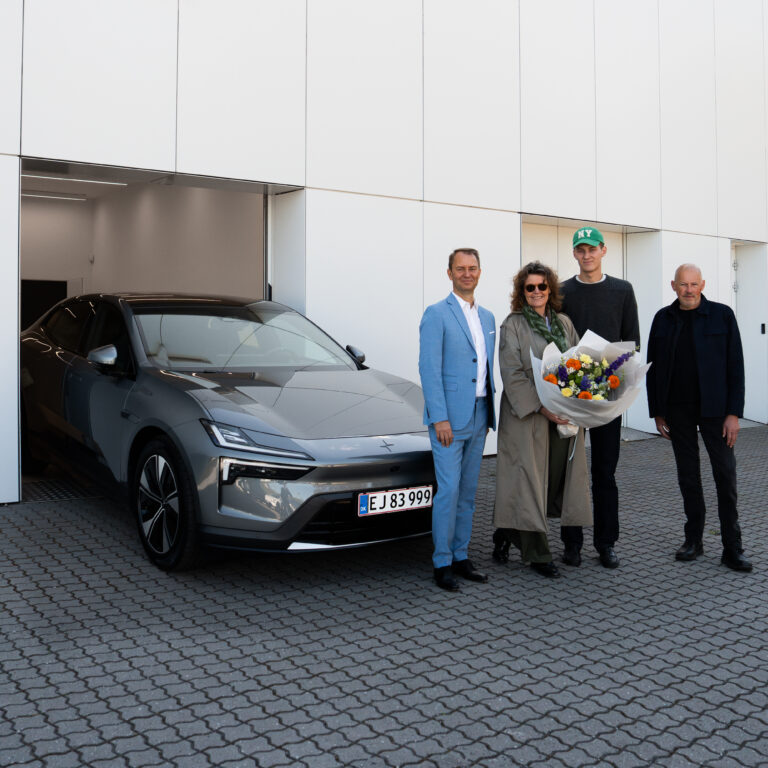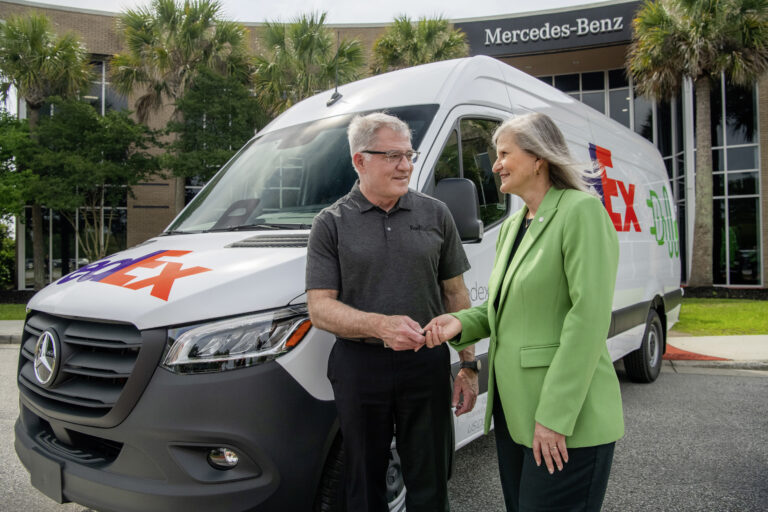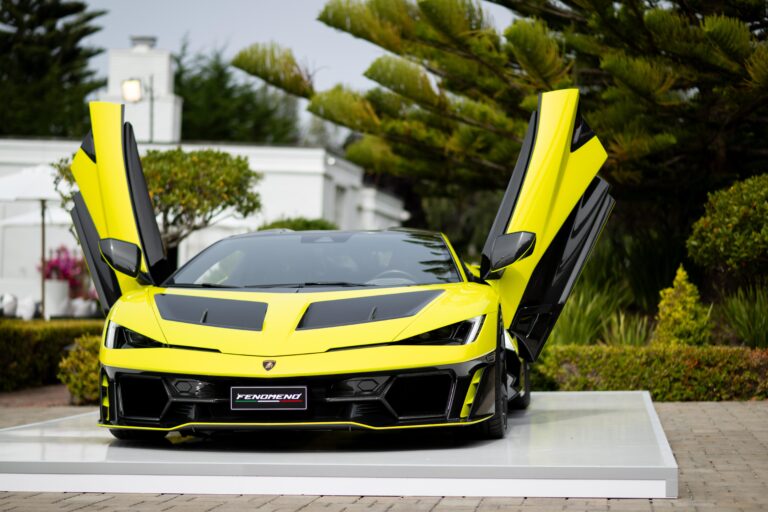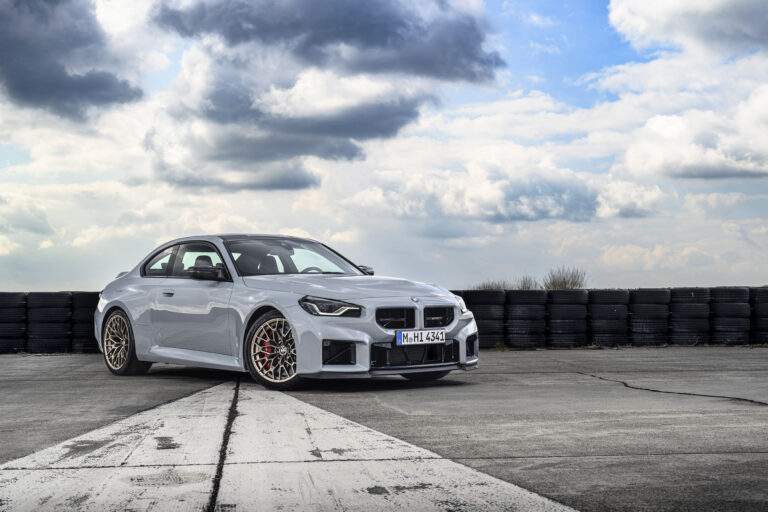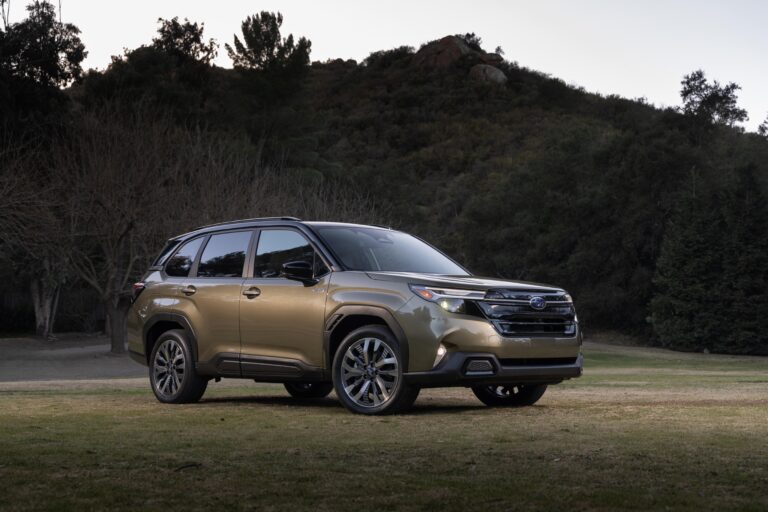Lamborghini Defies Global Turbulence with a V12 Hybrid and a V12-Level Flex
By Nik Miles
Syndicated Automotive Correspondent
At a time when most luxury automakers are bracing for impact—between geopolitical volatility, looming tariffs, and a market as jittery as a supercar on cold tires—Lamborghini has done what Lamborghini does best: floor it.
The Sant’Agata Bolognese brand started 2025 not with caution, but with a 2967-unit mic drop. In the first quarter alone, Lamborghini posted €895.2 million in revenue, up nearly 30% year-over-year, while operating income rose 32.8% to €248.1 million. That’s not just good—it’s best-in-class bullishness.
But let’s address the obvious:

“What on Earth is Lamborghini doing differently?”
Simple: they’ve embraced the oxymoron. Lamborghini is building hybrids—V12 hybrids, no less—that are actually selling.
Enter the Revuelto, the brand’s first-ever V12 plug-in hybrid, and perhaps the most Italian contradiction in terms since pineapple on pizza. It’s selling so well, the waiting list is over two years. Not months. Years. That’s a queue long enough for your lease on a Ferrari to expire.
Then there’s the Urus SE, a newly electrified version of Lamborghini’s Super SUV, which has done more to democratize raging bulls than any car before it. It’s lured in an entirely new clientele—one that wants the badge, the brawn, but a little less guilt at the gas pump (and a tax break, in certain zip codes).

“Is this truly a game-changer, or just hype?”
Here’s the contrarian take you didn’t see coming: It’s both.
Yes, plug-in Lambos are on-trend. Yes, governments from Washington to Brussels are leaning harder than ever on emissions. But this isn’t Lamborghini ticking a regulatory box. They’re threading the needle—offering hybrid performance without sacrificing noise, drama, or absurdity. The Revuelto still gulps 11.86 l/100 km (or 17.8 l/100 km with a low battery). It’s about as green as an avocado milkshake served in a carbon-fiber cup—but it’s technically hybrid. And that’s the play.

“How does this affect everyday drivers?”
It doesn’t. And that’s the point.
Lamborghini isn’t building cars for commuters. It’s building dreams for hedge fund managers and crypto cowboys. But what happens in this rarefied air eventually drifts down to the rest of us. Case in point: hybrid tech. Once the stuff of hypercars, it’s now saving gas in your RAV4.
More interestingly, Lamborghini’s Q1 results offer a blueprint for surviving in a volatile world: keep your niche, but evolve your powertrain. Deliver performance with conscience, but don’t turn into a bore. In short—stay Lamborghini.

“So, who’s buying all these?”
Short answer: Everyone.
Long answer: Buyers across EMEA, APAC, and the Americas split deliveries almost evenly. The U.S. remains Lamborghini’s darling, with 933 units delivered in Q1. Germany, the UK, Japan, and Italy round out the top five. Even Australia, where petrol is sold by the pint and parking tickets arrive faster than Uber Eats, made the top ten.
This global appetite isn’t accidental. Lamborghini’s business strategy is now as balanced as its all-wheel-drive systems. They’re not betting the house on any one region. They’ve globalized taste without homogenizing soul.

“What about tariffs and trade tensions?”
Here’s where it gets dicey. Lamborghini says its Q1 results haven’t yet been impacted by recent EU-U.S. trade tensions—but the undertone is clear: they’re watching closely. In a rare brush with diplomacy, the brand has gone on record supporting open markets, shared rules, and not slapping 25% duties on Italian icons.
Protectionism, Lamborghini argues, could do more harm than good—for automakers and enthusiasts alike. And let’s be honest: no one wants to see a Revuelto priced like a Manhattan condo.

“Bottom line?”
Lamborghini is doing what most automakers can’t—or won’t. It’s innovating within its identity. It’s not making compliance cars; it’s making poster cars that happen to be hybrid. And people are buying. A lot.
These aren’t just strong numbers for a niche luxury brand. They’re proof that authenticity and profitability aren’t mutually exclusive. Even in 2025.
So, next time someone tells you hybrids are boring, or that Italian car companies can’t do sustainability, point them toward Sant’Agata Bolognese.
And remind them: this isn’t just a comeback. It’s a reinvention—with a 6.5-liter soundtrack.
📢 Enjoyed this article? Stay in the driver’s seat with more automotive insights! Follow @NikJMiles and @TestMiles on social media for the latest news, reviews, and behind-the-scenes exclusives. Don’t miss out—join the conversation today!

